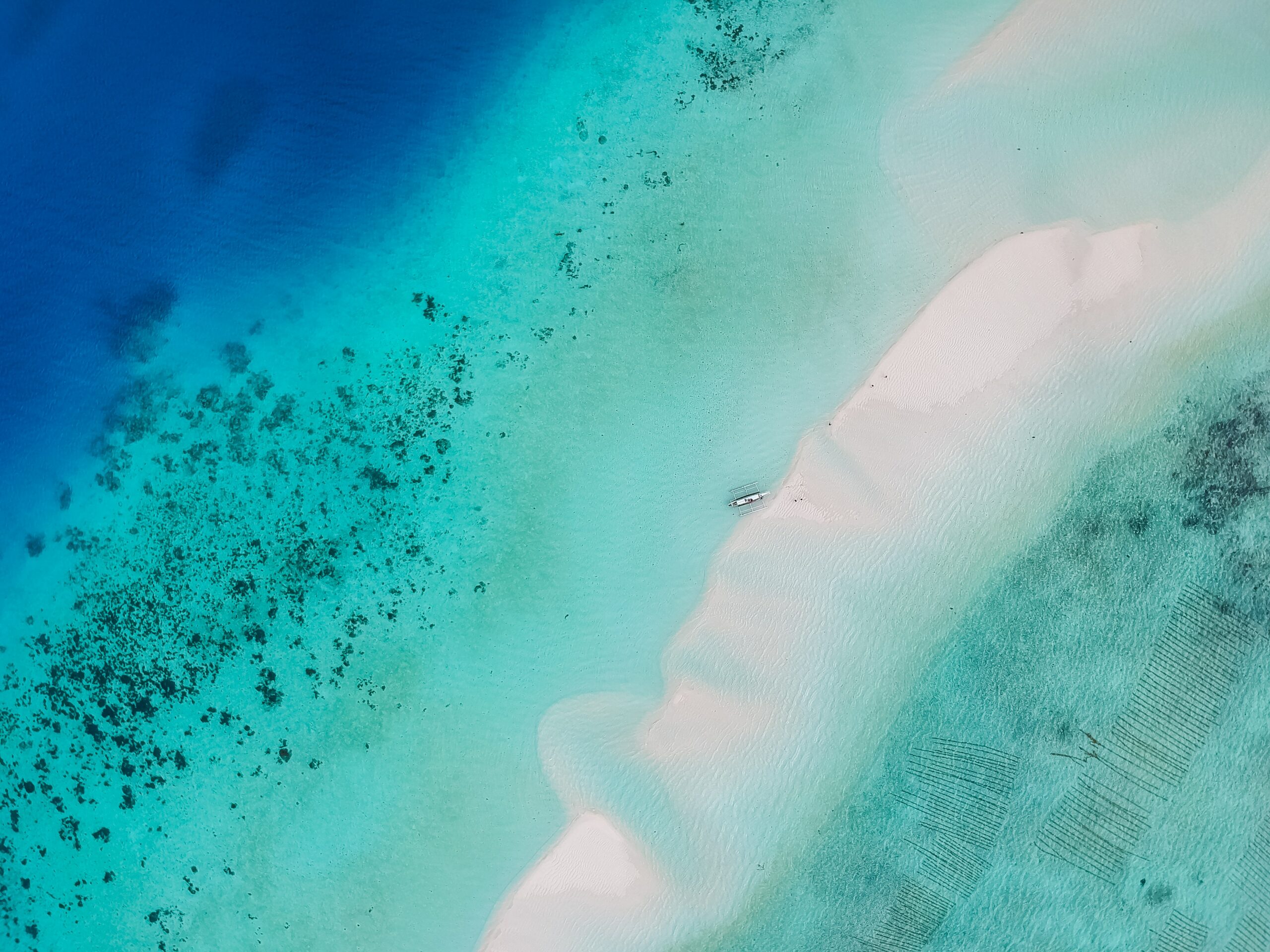
AFTER OVERTOURISM ISSUES, BOROCAY (THE PHILIPPINES) IS ALL SET FOR THE FUTURE
The Boracay Island in the Philippines is one of the most famous tourist destinations in the country. Over the years, countless tourists, including famous international and local celebrities, visited the island. Summer events, weddings, and a lot of occasions are being held there. With its fine white sand and lovely water, and the chance to witness a breathtaking sunset, make the place a fun and relaxing sanctuary.
However, everyone was devastated when they found out that the paradise island had been closed for half a year during 2018. What was the reason behind the sudden closure of Boracay? Why close the island when it is one of the most promoted places of the country’s Tourism Industry?
Well, simply because of one devastating reason. Lack of sustainable programs. And it causes the destruction of the island’s environment.
“We need to educate and spouse tourism development to not destroy our rich natural heritage which attract tourists to visit in the first place. We must ensure we don’t only protect the environment for the future generations, we also improve governance and stewardship. Let us learn the lessons from other beach island destinations which self-destruct due to unsustainable development.” – The Boracay Initiative Author & Adviser
Within the six months’ rehabilitation initiative, government agencies, such as the Department of Tourism (DOT), Department of Environment and Natural Resources (DENR), and the Department of Justice act together to resuscitate the endangered island. Various conservation and preservation practices are woven into the resort’s core values to ensure sustainable operations and growth not just for the property but for the local community as well.
The District of Boracay’s involvement, with the help of the government agencies mentioned above, comprises of wide range of projects which uphold towards the green movement and the worldwide call for sustainable tourism.
First and foremost, they removed illegal structures on the “no built zones” including resorts and informal settlers. The removal aims to restore its destructed coastal and marine environment including beaches, swamps, mangroves, and forest, and recover its ecological balance. Waste disposal facilities were moved to the mainland. Water waste recycling facilities were also constructed to help utilize most of the waste water and not just dump them into the sea.
The District of Boracay is also proud to be one of the few Philippine resorts to use solar power as its main source of electricity for the whole property. Through this, the resort reduces its dependency on fossil fuels, thereby reducing harmful greenhouse gas emissions. Aside from savings on electricity cost, the resort’s switch to use of renewable energy helps in mitigating global warming.
Annual Coastal Clean-up Activities were also organized to motivate guests, resort staffs and other tourists to join and do their share in the preservation of the island. The island also supports International green initiatives such as the International Coastal Clean-Up Day, Earth Day, Earth Hour, etc.
Local employment had also been encouraged to help the locals work closer to home and their families. Local employment also helps in reducing the environment impact of commuting.
The list of initiatives goes on, and since the reopening of the island, various resorts and staffs adhere to these programs.
Now, Boracay is proud to present its new and sustainable development which aims to protect and conserve whatever is left of the stunning beaches which attracted tourists to the island in the first place, and restore the eco-balance of its natural environment that had been degraded since the start of the island’s rapid unsustainable development. The main objective of the 6 months’ closure had at last been understood by everyone. It is to educate Boracay’s tourism and stakeholders as well as the local host community to build their capacity to espouse the Sustainable Tourism policies and practices for the island destination.











